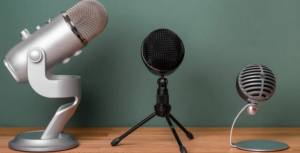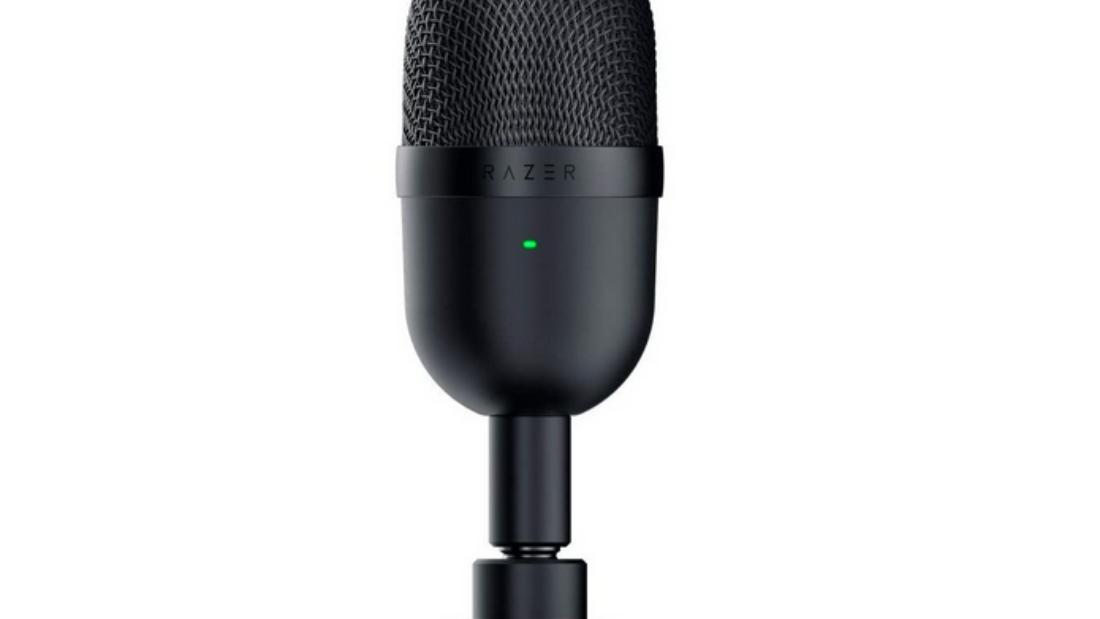In the realm of audio recording, microphones play a pivotal role, acting as the conduit between sound waves and the digital realm. From capturing the soaring melodies of a singer to the rhythmic pulsations of a drummer, microphones faithfully translate the essence of sound into a format that can be edited, manipulated, and ultimately shared with the world. However, with an abundance of microphones available, ranging from budget-friendly options to high-end studio-grade mics, selecting the right one can be a perplexing endeavour. This comprehensive guide aims to illuminate the intricate world of microphone reviews and comparisons, empowering you to make informed decisions and choose the ideal microphone for your specific needs.

Understanding Microphone Types
The first step in your microphone selection journey is to grasp the different types of microphones available. Each type possesses unique characteristics, making them suitable for various applications.
Dynamic Microphones
These workhorses of the microphone world are renowned for their durability, affordability, and ability to handle high sound pressure levels. Ideal for vocals, drums, and loud instruments.
Condenser Microphones
These sensitive mics are known for their exceptional clarity and wide-frequency response. Perfect for capturing subtle nuances in vocals, acoustic instruments, and studio recording.
Ribbon Microphones
These warm-sounding mics are prized for their smooth response and ability to handle low frequencies. Ideal for vocals, strings, and brass instruments.
Electret Condenser Microphones
These compact, low-power mics are a popular choice for podcasting, field recording, and video conferencing.
Microphone Polar Patterns
The polar pattern of a microphone describes its sensitivity to sound waves from different directions. Choosing the right polar pattern is crucial for capturing the desired audio and avoiding unwanted noise.
Cardioid Microphones
These mics are most sensitive to sound coming from the front, making them ideal for isolating vocals and instruments.
Omnidirectional Microphones
These mics capture sound equally from all directions, making them suitable for ambient recordings and room miking.
Bidirectional Microphones
These mics are most sensitive to sound from the front and back, making them ideal for stereo miking and rejecting off-axis noise.
Figure-Eight Microphones
These mics are most sensitive to sound from the front and back, with a null point at the sides, making them ideal for stereo miking and rejecting off-axis noise.
Frequency Response and Sensitivity
Frequency response refers to the range of frequencies a microphone can capture accurately. Sensitivity indicates how well a microphone converts sound waves into electrical signals.
Frequency Response
Look for a microphone with a frequency response that matches the range of frequencies you want to capture. For vocals, a frequency response of 20 Hz to 20 kHz is ideal.
Sensitivity
A higher sensitivity rating indicates a microphone’s ability to pick up faint sounds. Choose a microphone with the appropriate sensitivity for your recording environment.
Impedance and Noise
Impedance measures the electrical resistance of a microphone to current flow. Noise refers to the unwanted background sounds that can interfere with your recording.
Impedance
Most microphones have an impedance of 150 to 600 ohms. Match the impedance of the microphone to the input impedance of your preamp or audio interface.
Noise
Select a microphone with a low noise rating to minimize unwanted background noise in your recordings.
Microphone Reviews and Comparisons
Numerous reputable websites and online communities provide in-depth microphone reviews and comparisons. These resources offer valuable insights into the performance, features, and pros and cons of various microphones.
Expert Recommendations
Seek advice from experienced audio professionals, such as engineers, producers, and musicians. Their expertise can guide you towards the most suitable microphone for your specific requirements.
Hands-on Testing
If possible, try out different microphones before making a purchase. Experiment with various mics to find the one that sounds best to your ears and suits your recording style.
Investing in Quality
While budget-friendly microphones can be tempting, investing in a quality microphone will yield significant benefits in terms of sound quality, durability, and versatility.
Conclusion
Navigating the world of microphones can be a complex task, but with careful consideration of your needs, diligent research, and expert guidance, you can make an informed decision and select the perfect microphone to capture your audio creations with exceptional clarity, precision, and artistry. Remember, the right microphone is not just a tool; it’s an extension of your creative expression, a conduit for translating your musical vision into a tangible sonic experience. Embrace the journey of microphone exploration, and let your audio creations soar to new heights.
You will find the following information useful:

